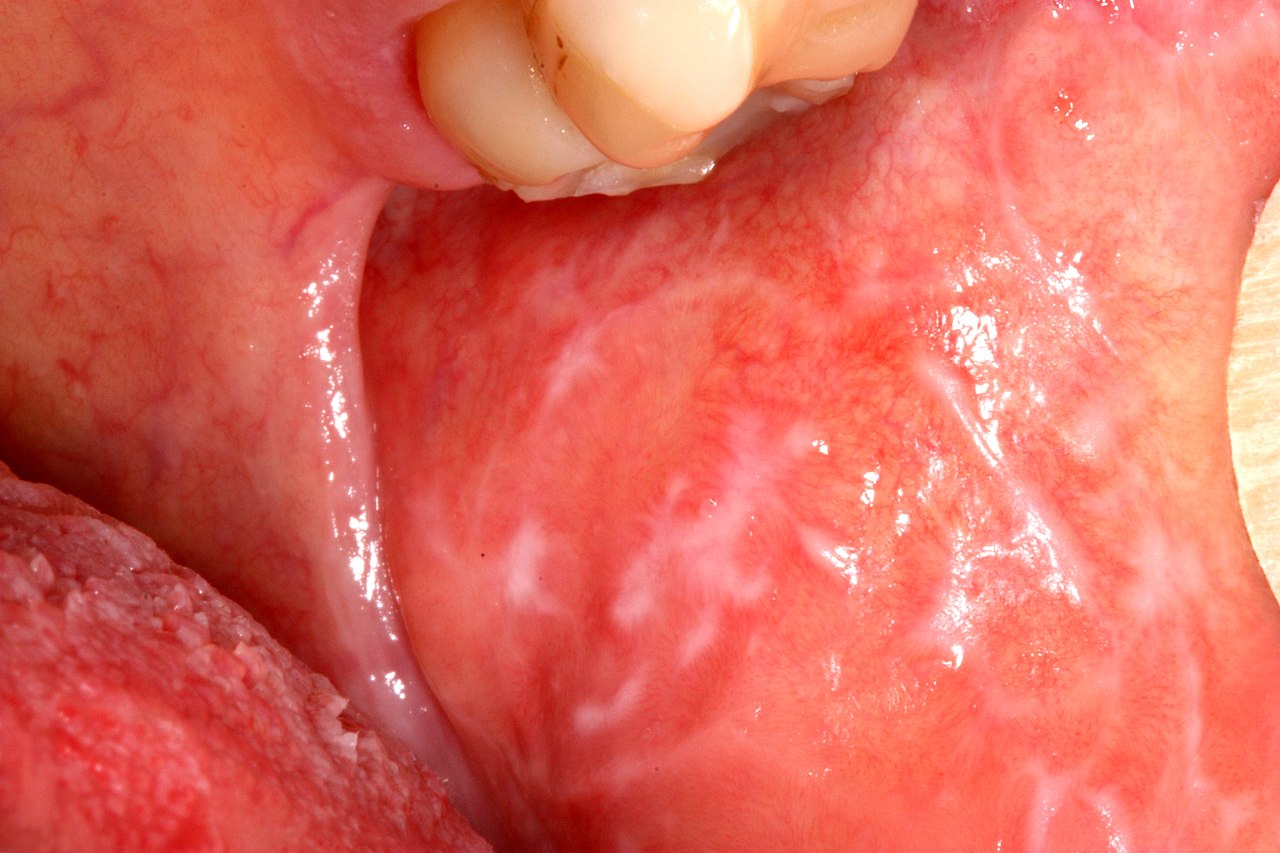About this course
This free Oral Medicine course is specifically designed for dental professionals who aim to enhance their understanding and skills in diagnosing, managing, and monitoring Oral Lichen Planus (OLP).

The course looks into the details of Oral Lichen Planus, covering its signs, symptoms, and various types. You will learn practical strategies for effective management and understand the importance of monitoring for any malignant transformation in OLP patients.
This course is very important for dental professionals, offering detailed insights into the diagnostic procedures, including biopsy indications and techniques, and treatment approaches, particularly the use of steroids in OLP management.
This course is relevant to dentists, dental nurses, hygienists, therapists, and other dental care professionals focused on oral health.
CPD Time: 1 hours (1 CPD Credit)
Customer feedback on this course
- Comprehensive and detailed, perfect for understanding OLP in details.
- Excellent coverage of diagnosis and management strategies.
- Really helpful insights.
- Clear, concise, and highly informative.
Assessment: 12 MCQs. Pass mark 75%. more…
On passing the assessment you will immediately receive a GDC-recognised Enhanced CPD Certificate.
Aim:
To enhance the understanding and clinical skills of dental professionals in the diagnosis, management, and monitoring of Oral Lichen Planus (OLP).
Course objective:
• To provide comprehensive knowledge about the signs, symptoms, and types of OLP.
• To equip participants with practical approaches for the effective management and monitoring of OLP patients.
Anticipated learning outcomes:
The learner will:
• Identify and describe the various types of Oral Lichen Planus, including their characteristic features.
• Recognise the clinical signs and symptoms of OLP in patients and differentiate them from other oral conditions.
• Understand and implement appropriate diagnostic procedures, including when to perform a biopsy.
• Apply first-line treatment strategies for OLP, including the use of topical steroids, and recognise when systemic steroids are required.
• Monitor oral lesions in OLP patients for signs of malignant transformation and provide appropriate patient education and follow-up care.
GDC Development Outcome:
C
Learning content:
OLP Overview | Signs and Symptoms | Types of OLP | Causes and Pathogenesis | Diagnosis | Management | Epidemiology | Course Completion
View full course description
Oral Lichen Planus
Course Description
OLP Overview
Oral Lichen Planus (OLP) is a chronic inflammatory condition that affects the mucous membranes of the oral cavity. This section provides an introduction to the condition, discussing its clinical importance and the need for ongoing management in dental practice.
Signs and Symptoms
OLP presents with a variety of symptoms, including white, lace-like patterns (Wickham’s striae), painful erosions, and red, swollen patches in the mouth. This section details the clinical signs and symptoms that help in the early identification and monitoring of OLP.
Types of OLP
There are several types of Oral Lichen Planus, including reticular, erosive, atrophic, bullous, and plaque-like forms. This section covers each type, explaining how they differ in appearance, severity, and impact on oral health.
Causes and Pathogenesis
Although the exact cause of OLP is unknown, it is believed to be an autoimmune disorder. This section looks at potential triggers, including genetic predisposition, stress, medications, and dental materials, as well as the immune mechanisms behind the condition.
Diagnosis
Diagnosis of OLP is primarily clinical but may require biopsy and histopathological examination to confirm. This section discusses the diagnostic process, emphasising the importance of differentiating OLP from other conditions such as leukoplakia and oral cancer.
Management
Management of OLP focuses on symptom control, as there is no cure for the condition. This section covers treatment options, including topical corticosteroids, immunosuppressants, and lifestyle modifications to reduce symptom severity and prevent flare-ups.
Epidemiology
OLP is more common in middle-aged women and has a prevalence rate of about 1-2% of the population. This section looks at the epidemiological aspects of OLP, including risk factors and patterns of occurrence.
Course Completion
Participants will complete a feedback survey and take a multiple-choice exam. Upon passing, they will receive a GDC-compliant CPD certificate. The course highlights the importance of early diagnosis, ongoing management, and patient education for Oral Lichen Planus.
You can copy and adapt this example PDP entry for your own needs and circumstances. The format complies with GDC guidance on PDP structure.
| PDP Learning or Maintenance need |
| Enhance skills in diagnosing and managing Oral Lichen Planus |
| How does this relate to my field of practice? |
| Integral for offering comprehensive oral healthcare. |
| Which development outcome(s) does it link to? |
| C |
| What benefit will this have to my work? |
| Improved diagnostic accuracy and patient care in cases of OLP. |
| How will I meet this learning or maintenance need? |
| Take the Verified Learning course "Oral Lichen Planus". |
| When will I complete this by? |
Note: After copying and adapting the suggested PDP entry, remember to reflect, plan, act, and evaluate for every CPD activity you undertake.